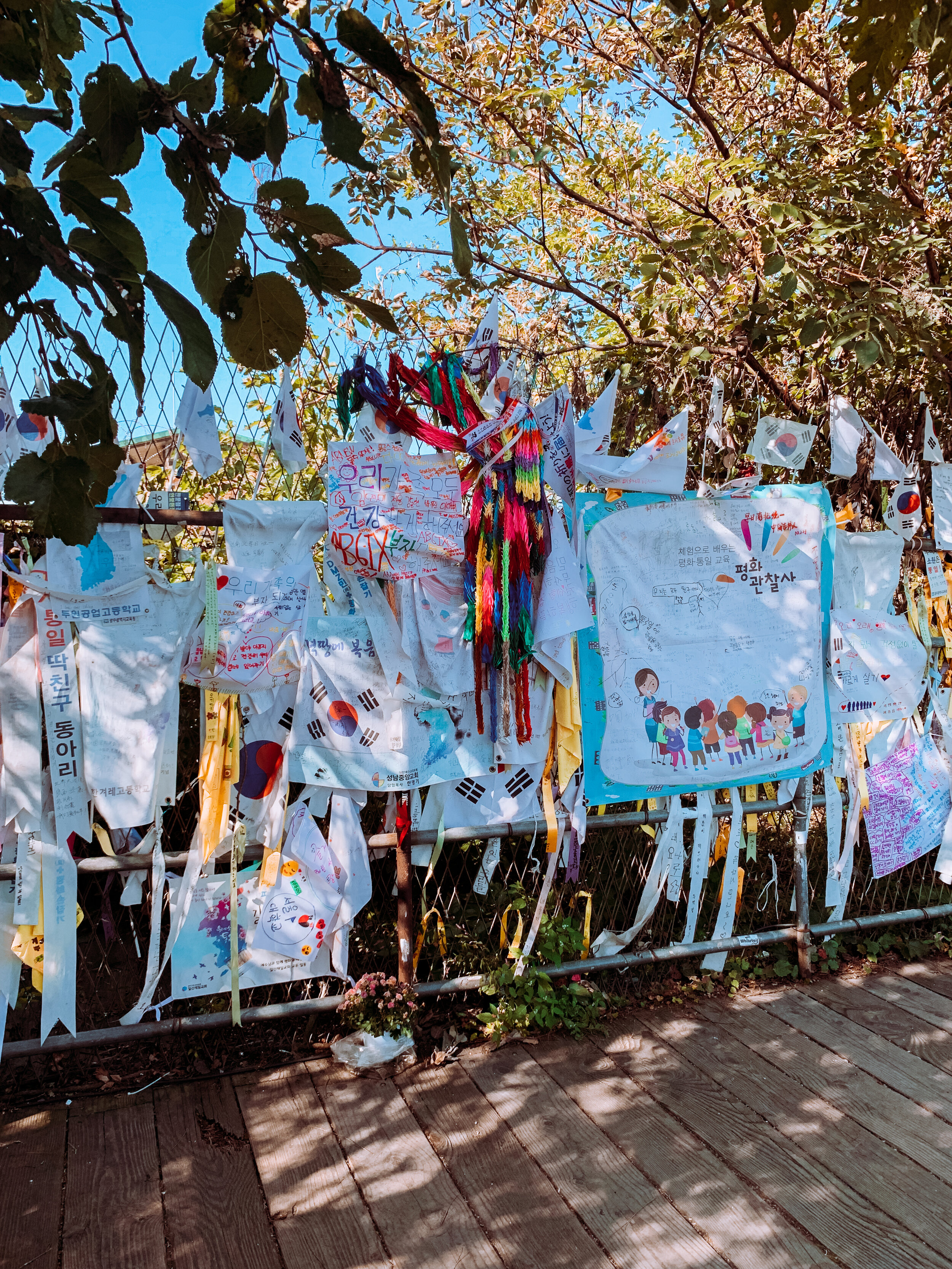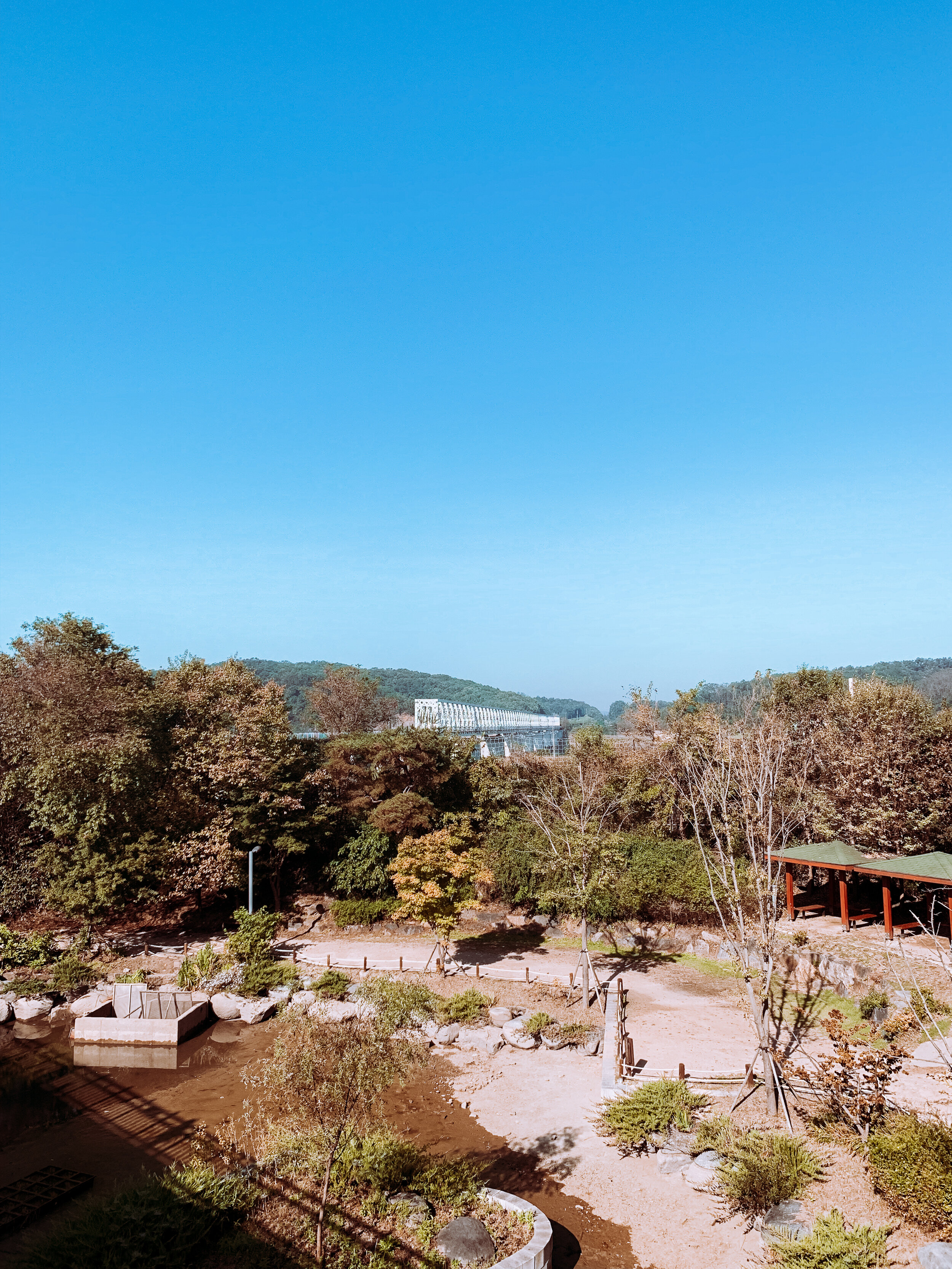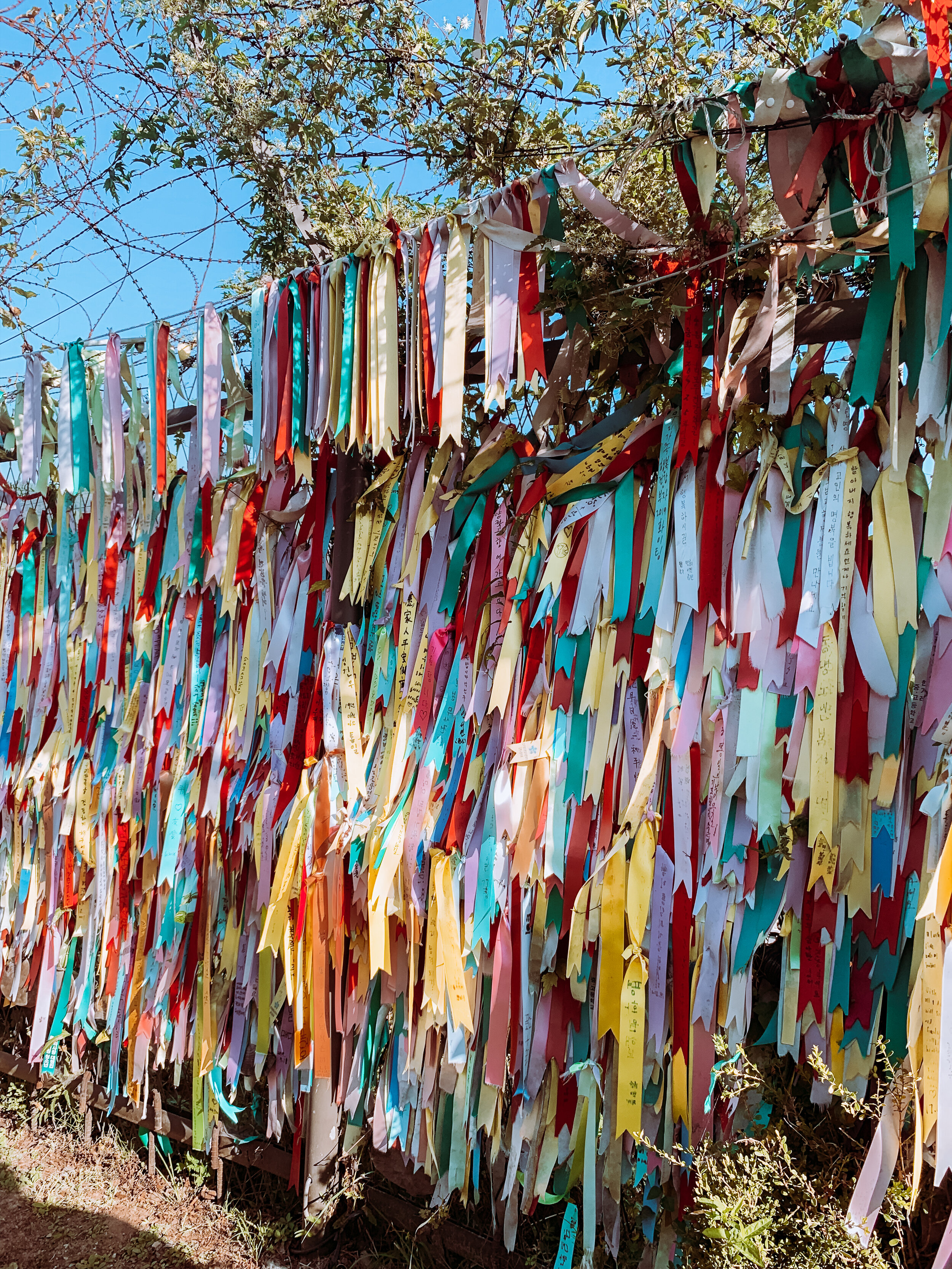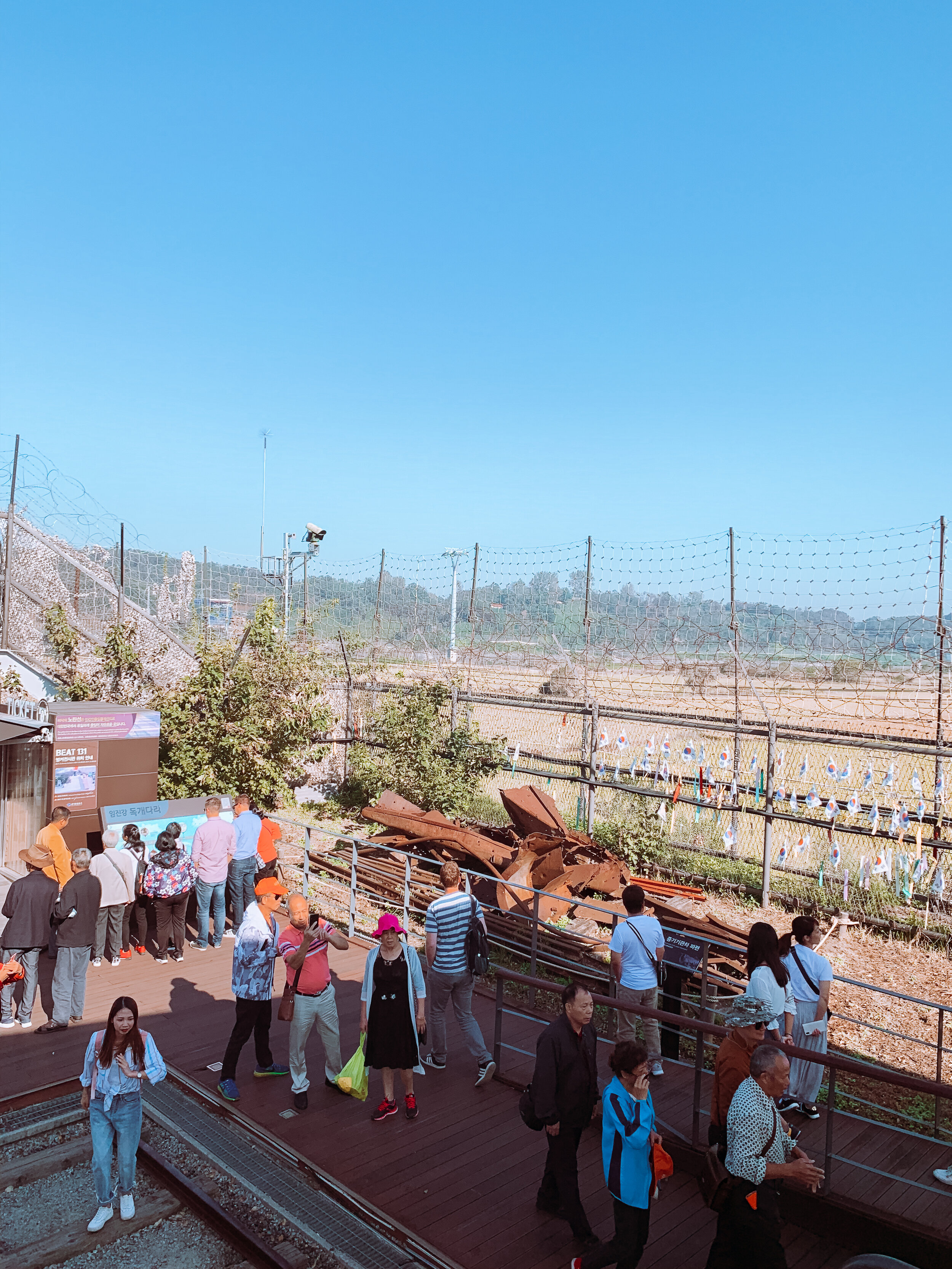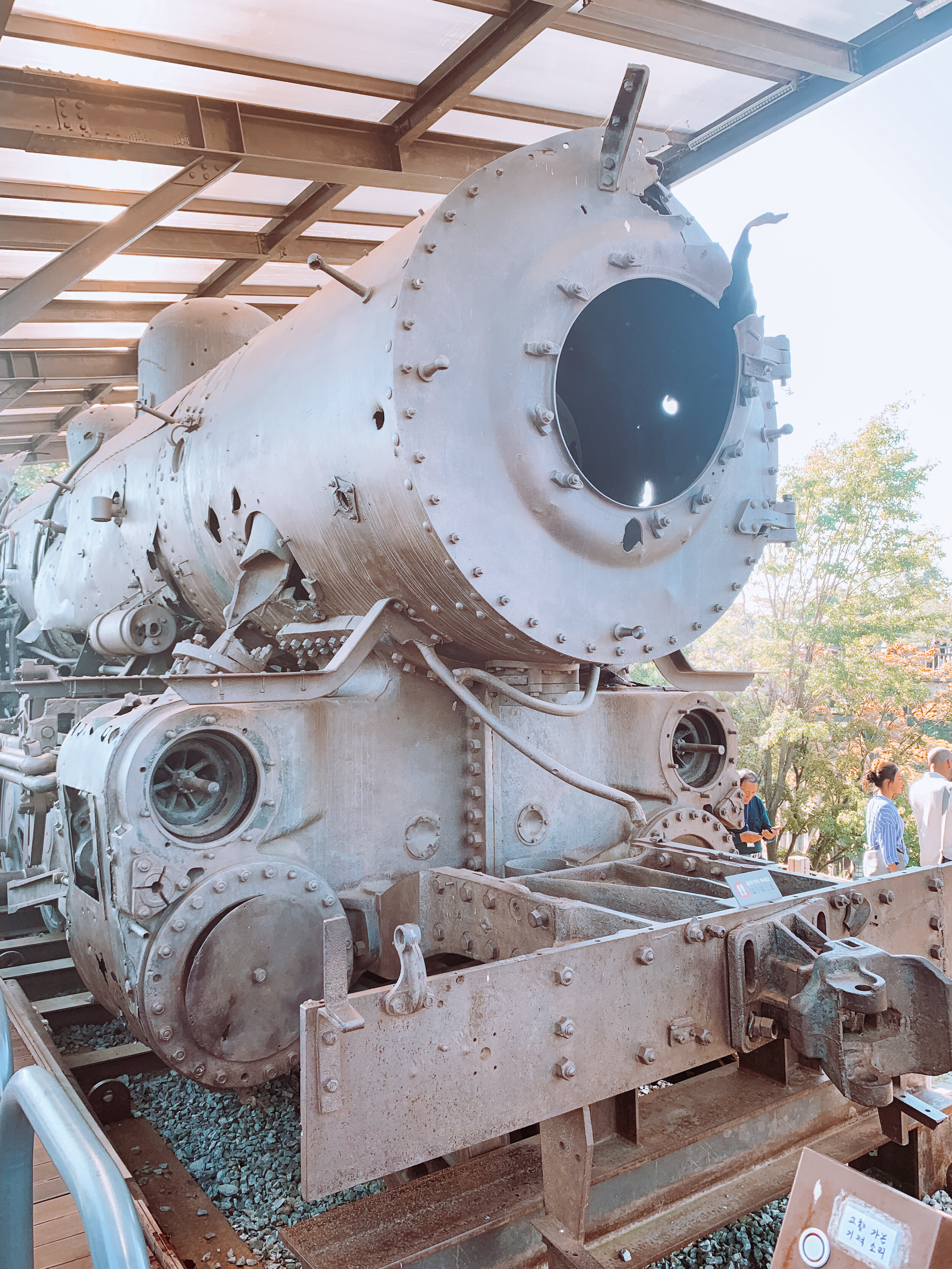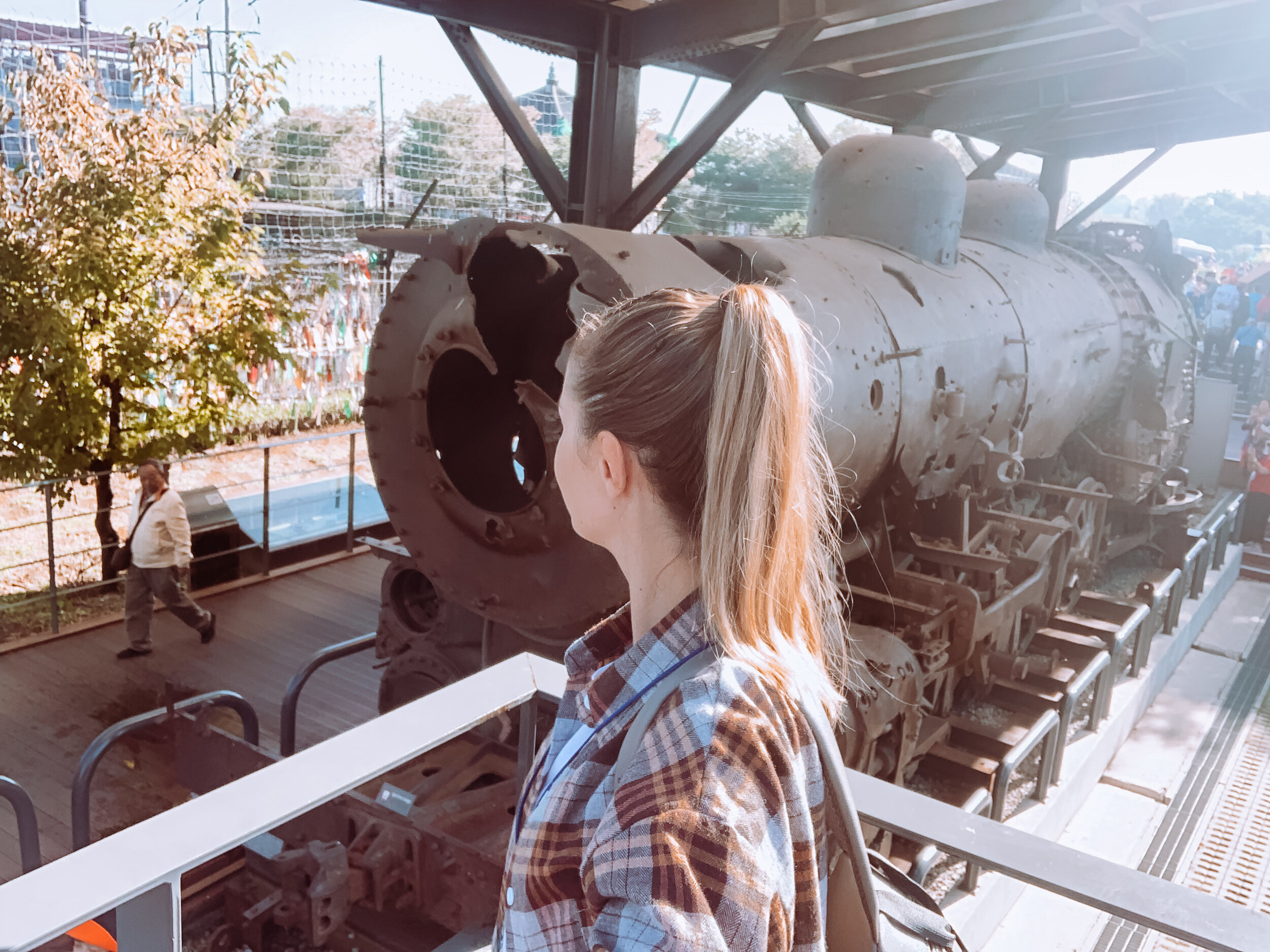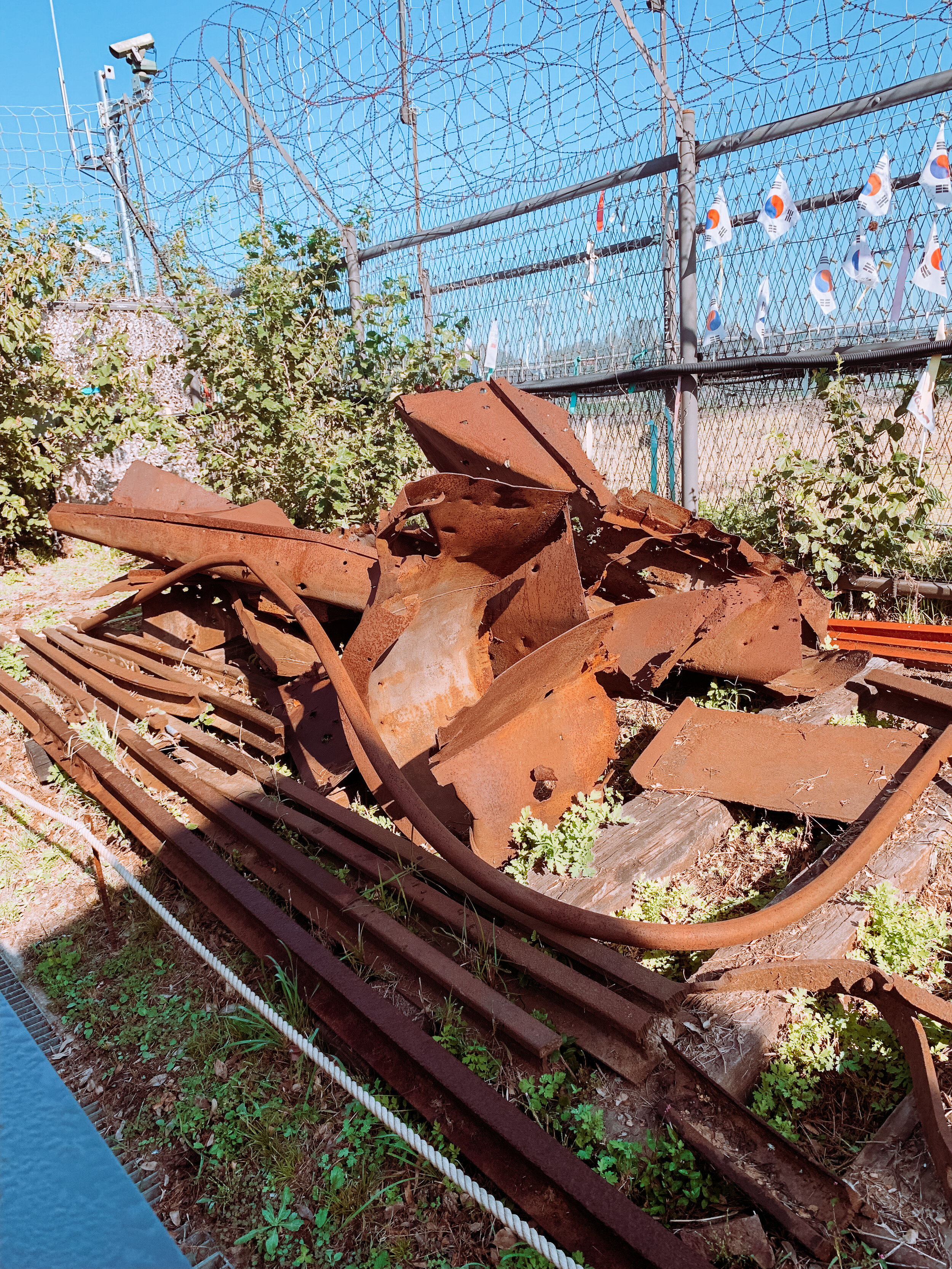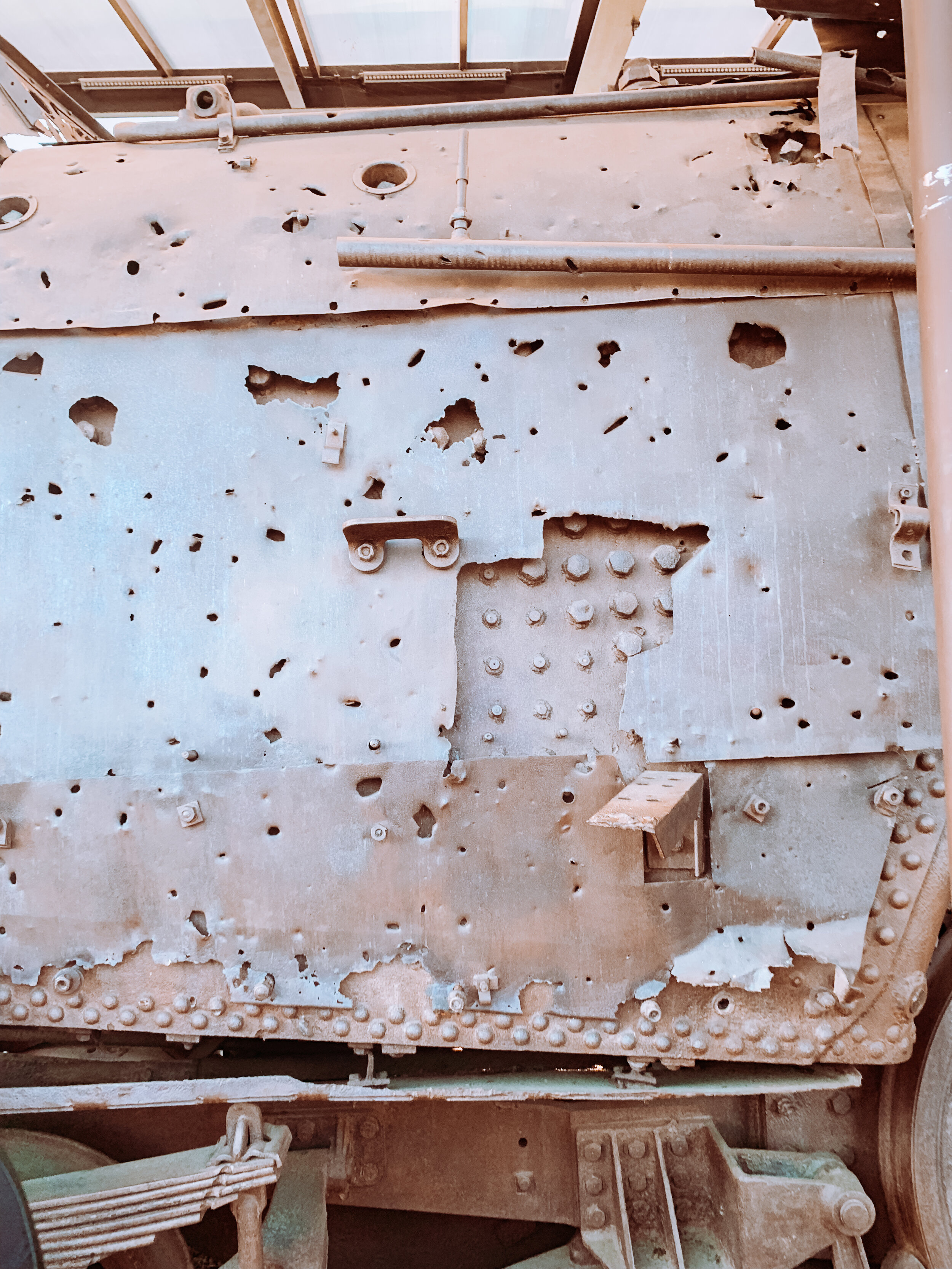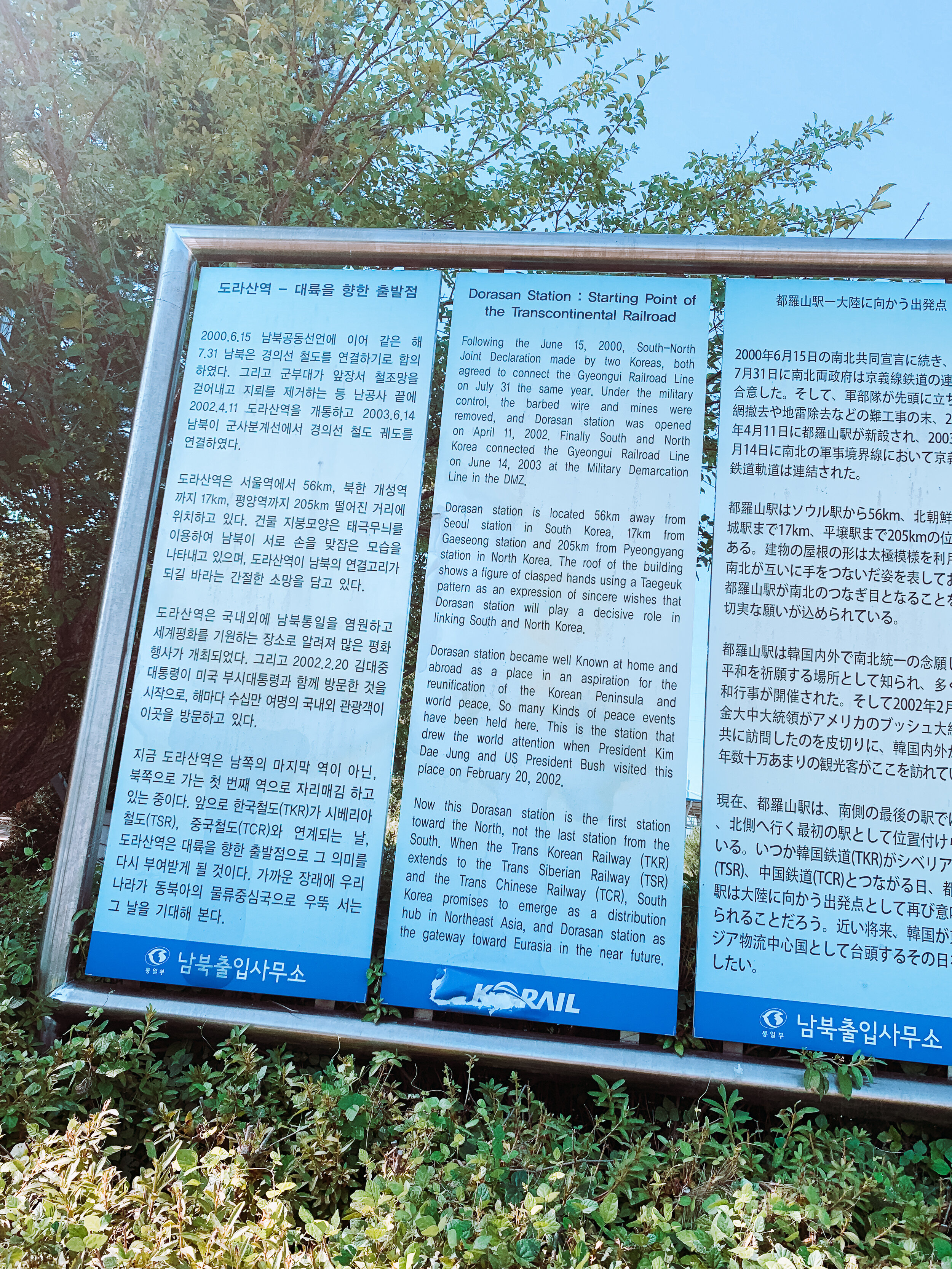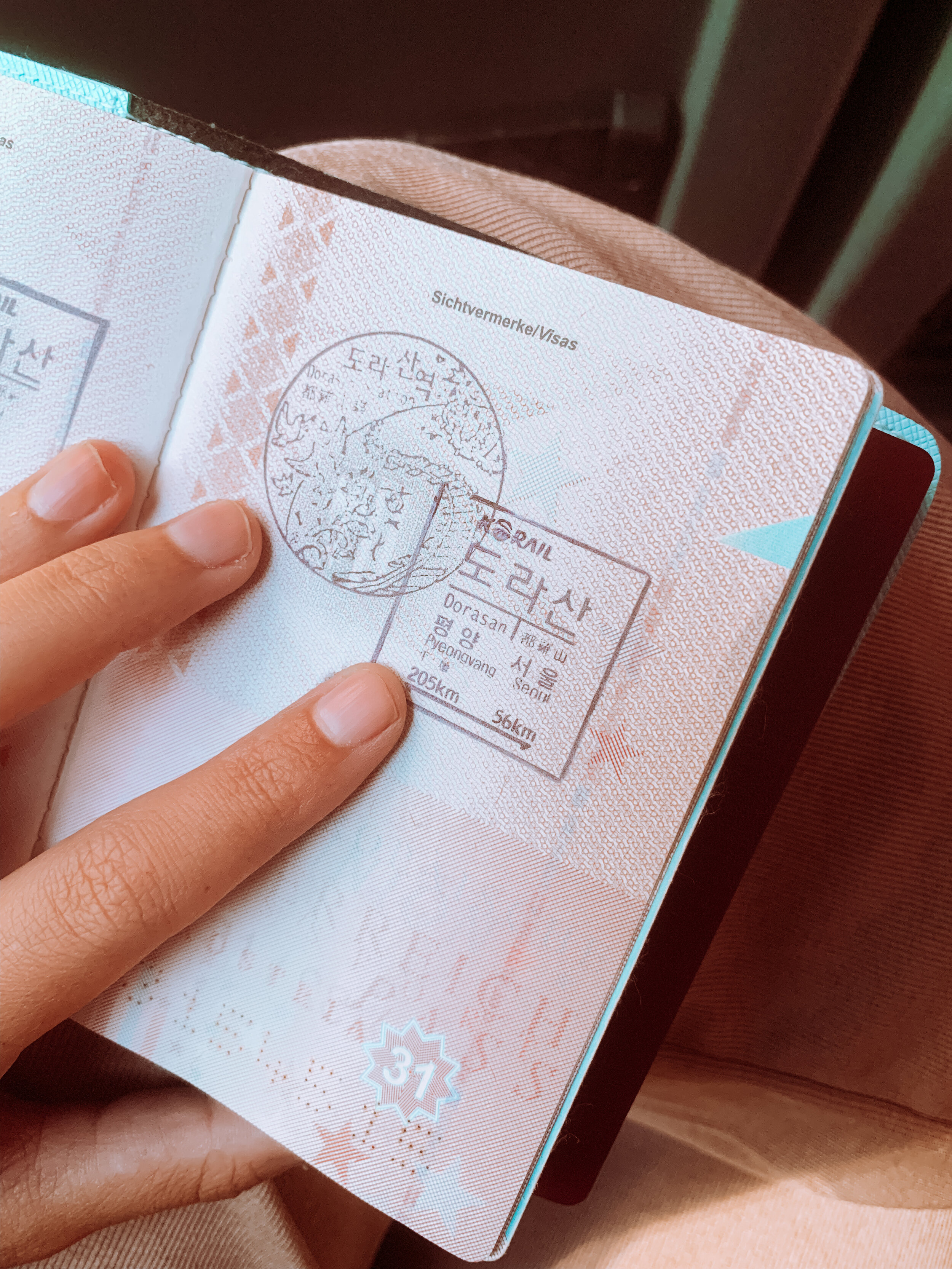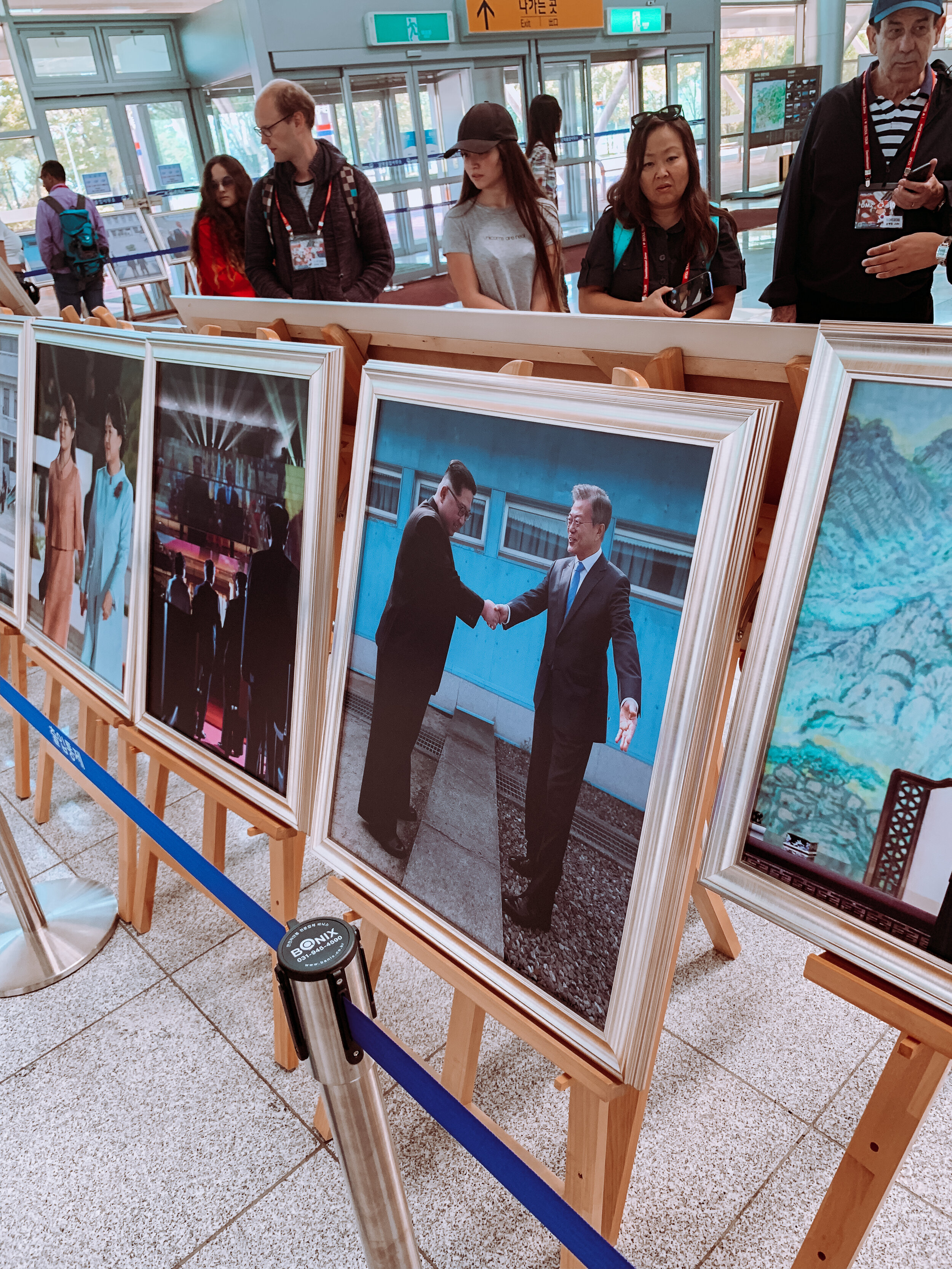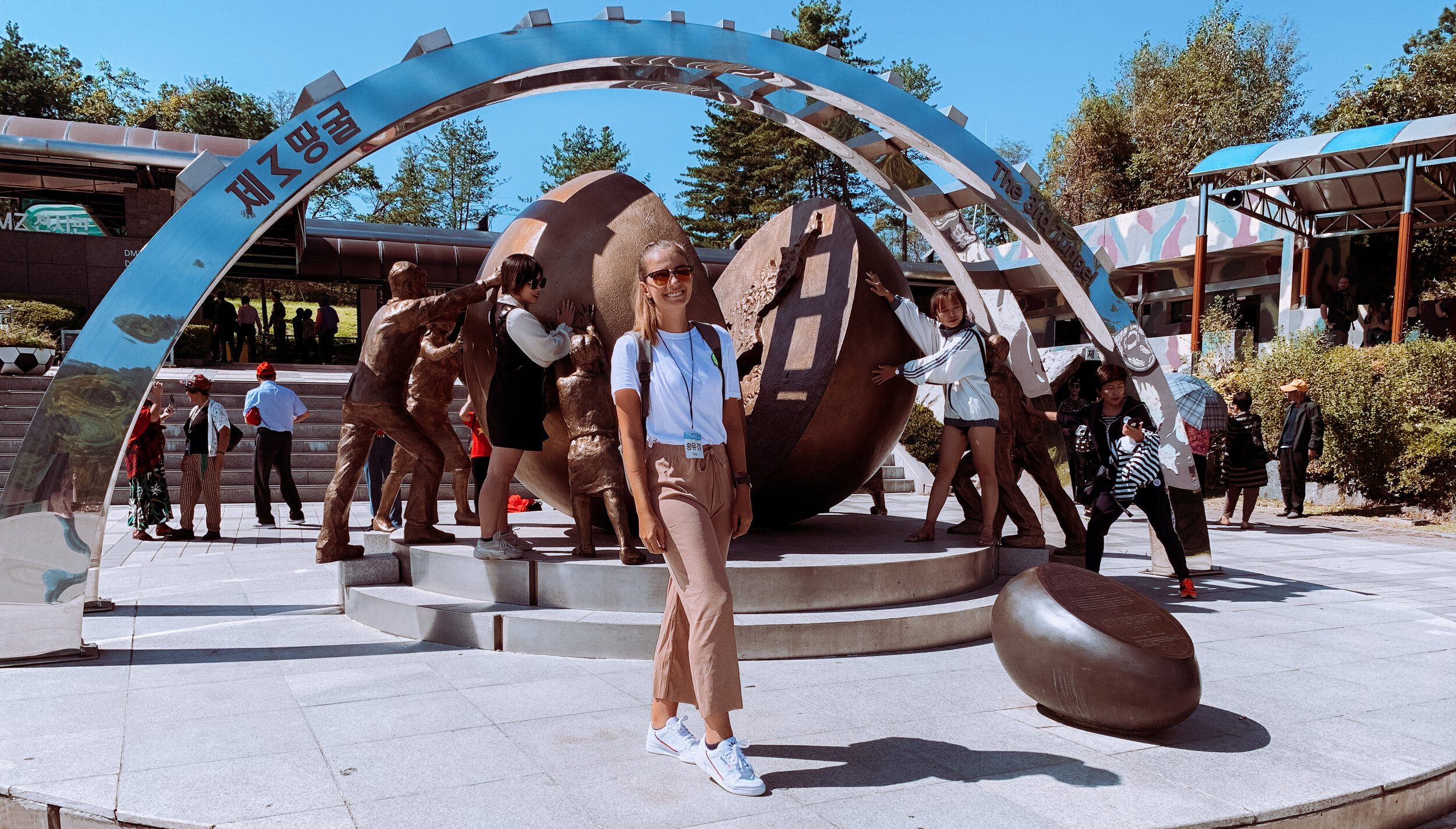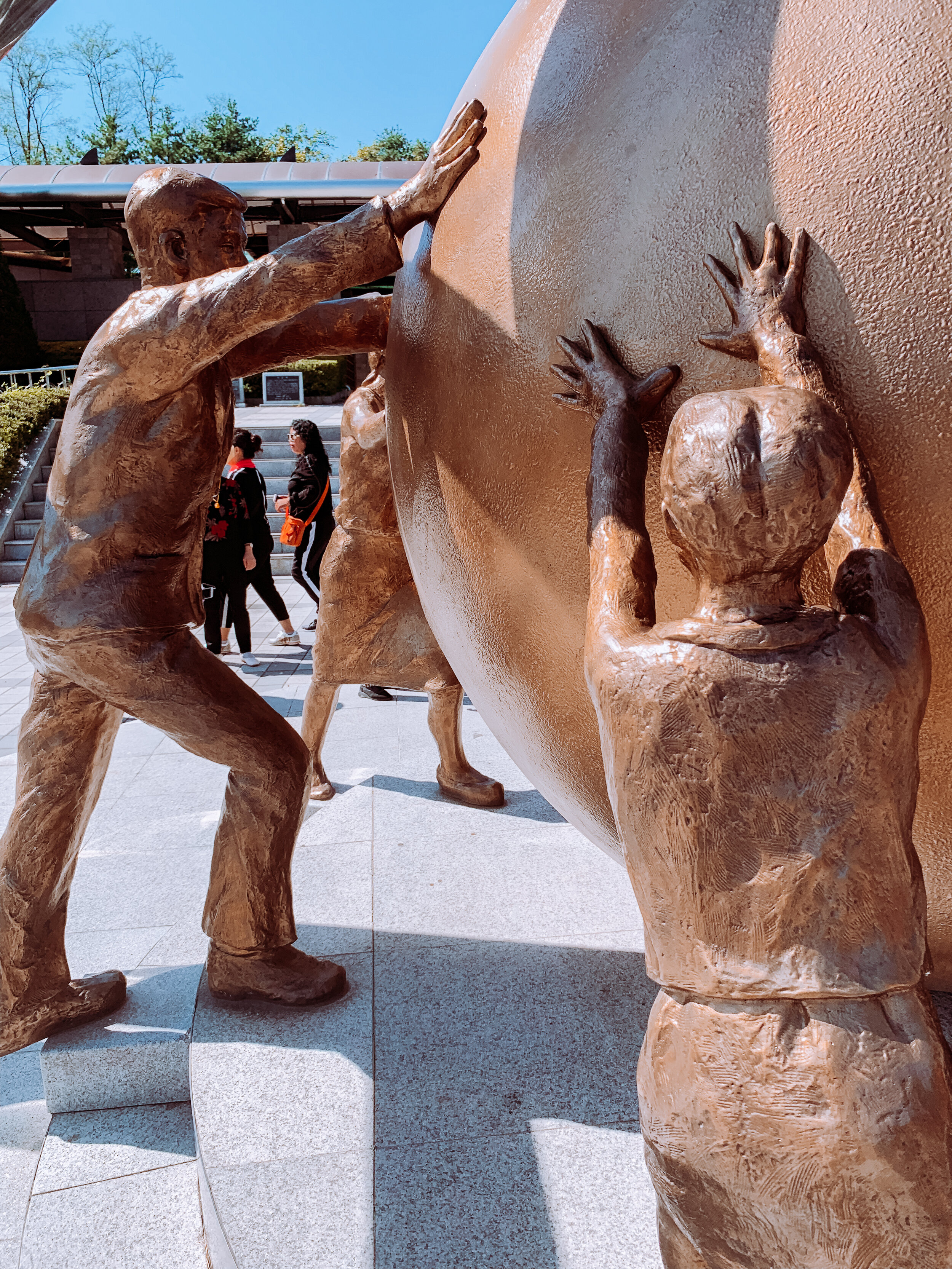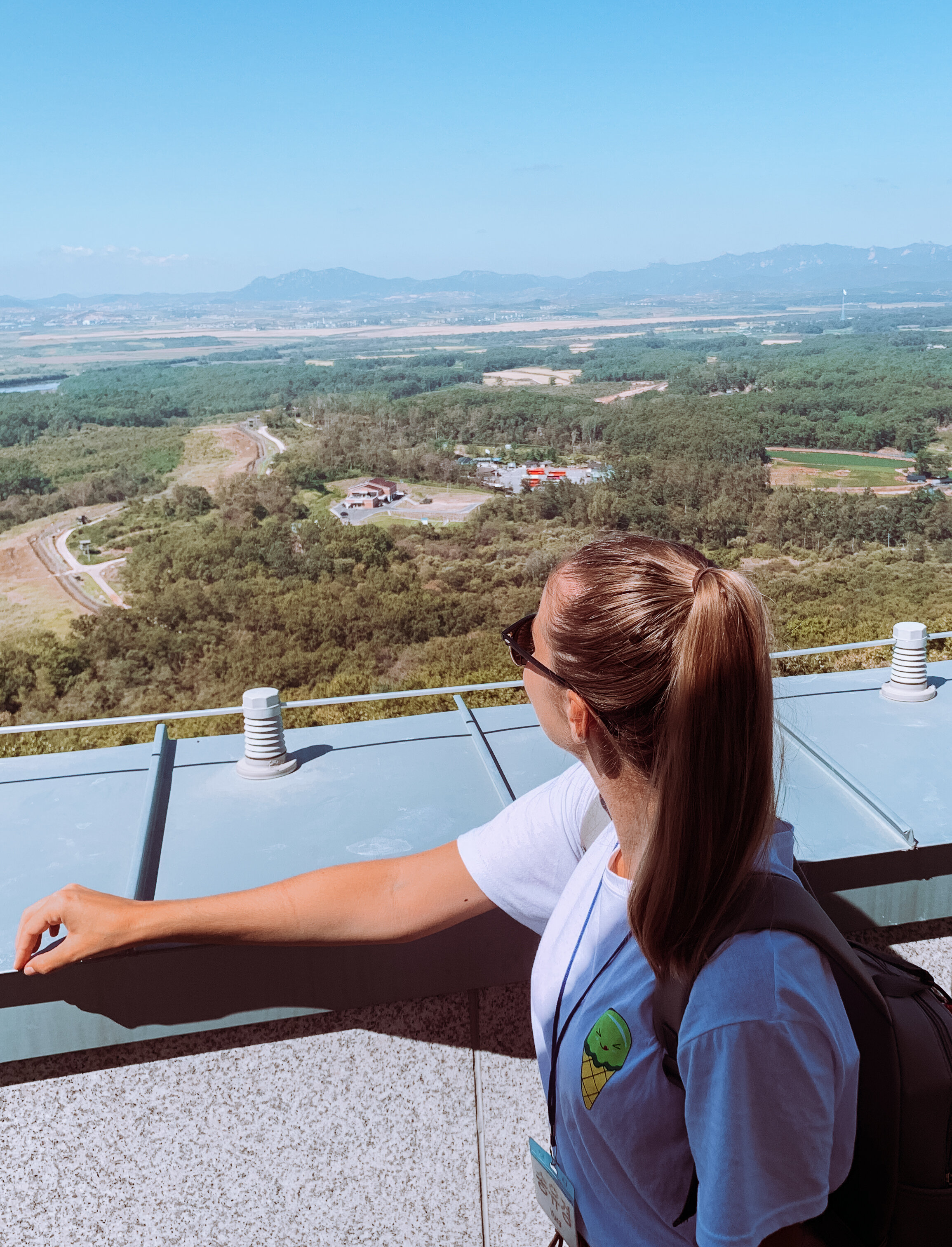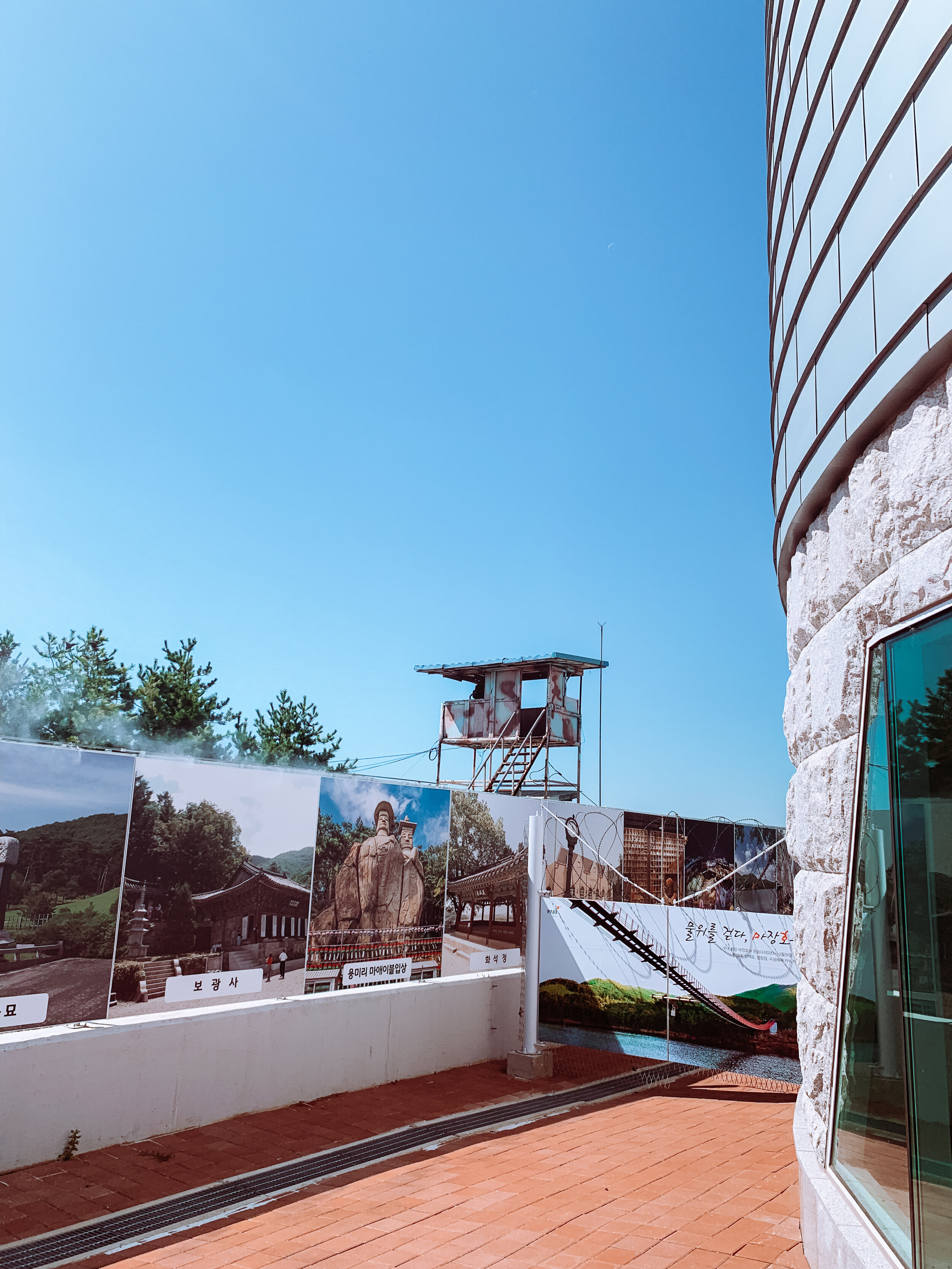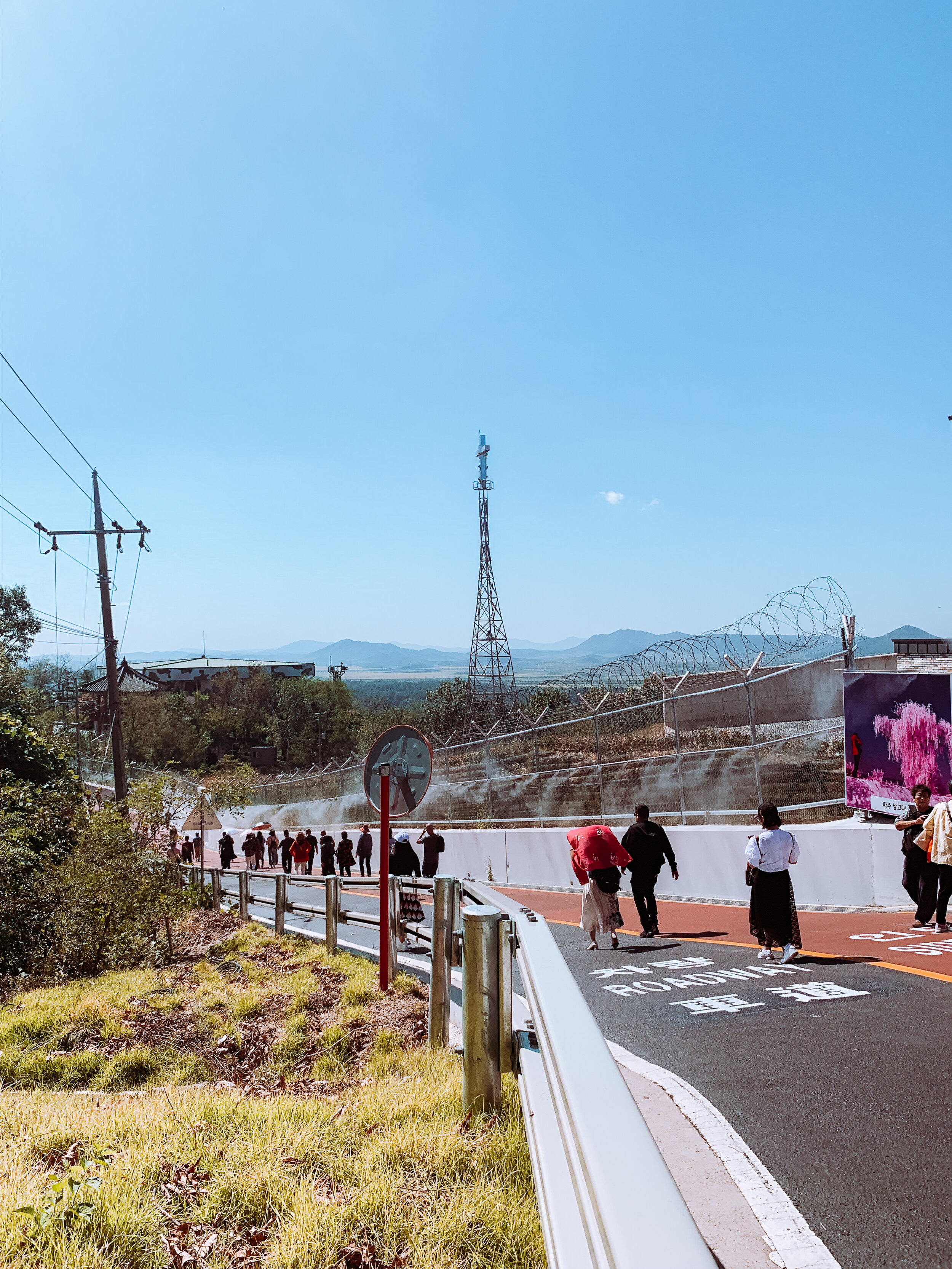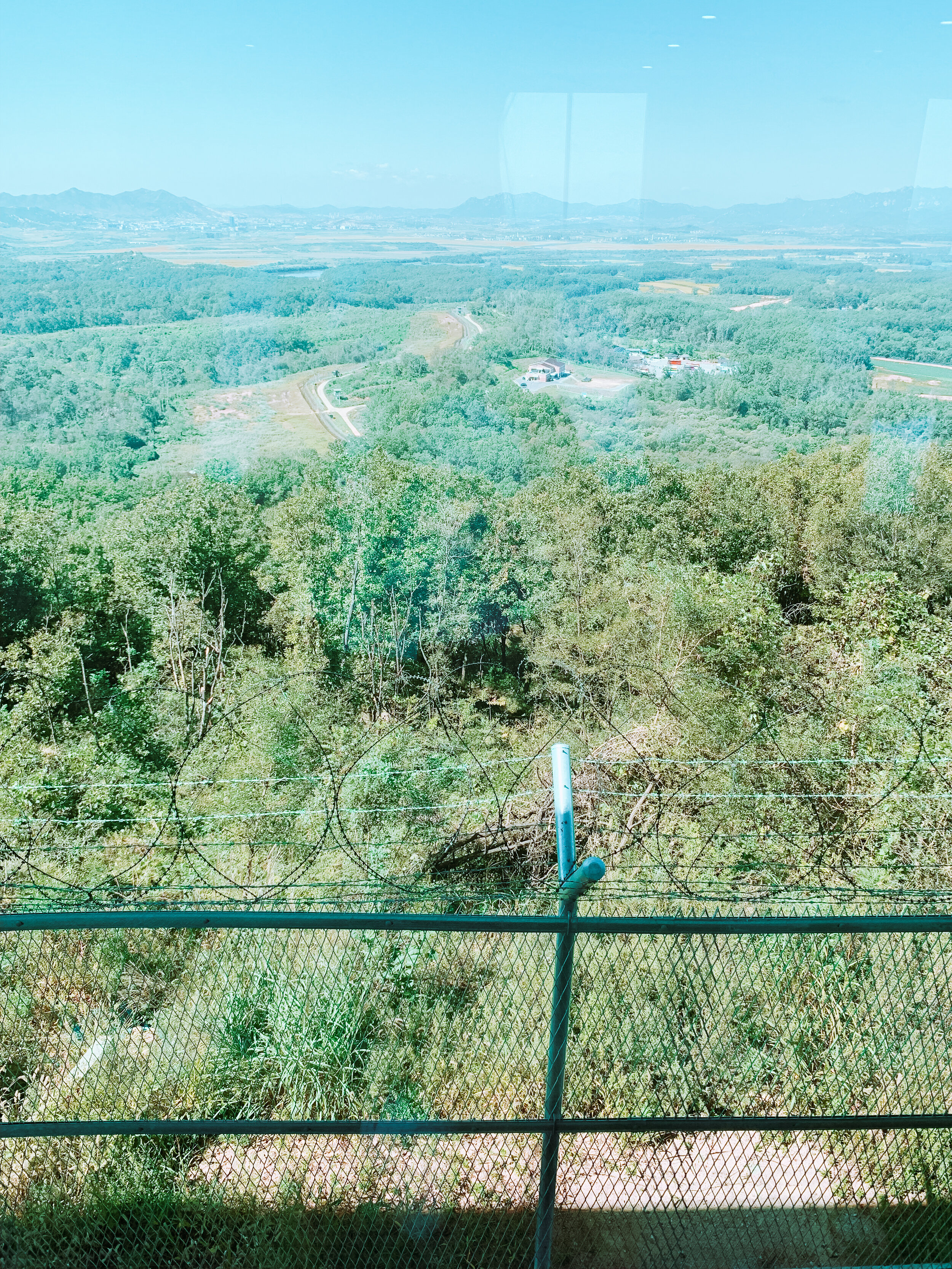Visiting the DMZ - The Korean Demilitarized Zone
I travel a lot. And I love to share my travels. But few travels got so much response as my trip to the DMZ when I visited Seoul in September. I received lots of messages of people asking me about my trip and wanting me to share my experiences. It was one of those blog posts that took me like forever to write, and I hope this way I can help anyone of you who is interested in visiting this extraordinary place.
The Korean War
When talking about the DMZ (the Korean Demilitarized Zone), I think it is important to share some of the most important facts about the Korean War. The war lasted from 1950 to 1953. North Korea was backed by China and the Soviet Union, South Korea by the United Nations. The conflict has been going on for years but escalated when North Korean military crossed the border to South Korea in 1950. The Korean War is estimated to be one of the most destructive conflicts of the modern days, with around 3 million fatalities. The war ended on 27 July 1953 with the signing of the Korean Armistice Agreement. The DMZ was created as a buffer zone. It is controlled by soldiers of the United Nations and can be visited with an organized tour, you can’t visit independently.
The tours to the DMZ start early morning in Seoul. You need to keep in mind that the DMZ and the JSA are not the same places. JSA stands for Joint Security Area. This is were Trump and Kim Jong-Un met recently and where you are (RARELY!!!) able to cross the border, depending on the current situation. There are way more tours to the DMZ than to the JSA, and the JSA-tours are more expensive. The most important thing is to carry your passport with you. Upon start of the tour, our guide checked whether or not everyone was carrying their passport. When entering the Demilitarized Zone, you get to a checkpoint, where photography is prohibited as Korean, and United Nations soldiers enter the tour bus to check everyone’s passport. We drove along the wired fence for a while before we got to our first stop.
Imjingak
In Imjingak you’ll find a “Freedom Park”. The wired fence is filled with notes of Koreans as well as tourists leaving words of hope and freedom for the Koreas. Here, you can take a look at the Freedom Bridge. The bridge is a former railroad bridge and was used by repatriated soldiers returning from North Korea. There’s also a huge building that is used as a viewpoint, but while you can have a good look at the Freedom bridge from there, you can’t actually see North Korea. When walking along the wired fences, you’ll hear some of the most fascinating and horrifying stories. Such as the story of a North Korean who fled his country and was shot 46 times but made it to South Korea, only to die a few days later due to the malnutrition he experienced in his home country. There are endless stories like this, one more terrible than the other.
Another highlight in Imjingak is the steam locomotive. It is said that this train transported weapons to North Korea, backed by the Chinese. More than 1,200 bullets hit this train, and it is a clear sign of how cruel the times during the war have been. I think seeing all these bullet holes somehow makes the horrifying happenings real. You can walk along this train and what happened is no longer a story, but something you can see with your own eyes.
Dorasan Station
Dorasan Station is a very unique place. This train station was finished in 2002, after North and South Korea when they agreed to connect the Gyeongui Railroad Network. The station is located 205 km from Pyeongyang and 56 km from Seoul. It is definitely a weird place. I’ve never been to a train station that looked as if thousands of passengers would arrive or depart every hour, but in fact, there is not a single one. But it is also a place of hope. It shows how far we’ve already come. The Koreas worked together, and this is a very important step towards peace on the Korean peninsula. I genuinely hope that there’ll come a day when a train actually departs on its way to Pyeongyang.
On the picture, you can see what the Trans Eurasian Railway Network could look like. If Dorasan Station would be put into operation, a train could bring you from Korea to Germany within 2 weeks. When walking around the station, you realize it is ready for use. Within a few days, it would be able to operate.
Walking around the station, you can have a look at important milestones of the evolution of the negotiations and of visitors. You can also collect souvenir stamps. One thing you have to keep in mind: do not stamp your original passport. Border control in some countries can be very strict when it comes to souvenir stamps and can deny entry when finding one of them in your passport. I stamped my old (invalid) passport as a way to remember this unique place. I know it is intriguing to collect such a stamp, but be smart about it.
The Third Tunnel of aggression
As you can see, there’s so not a single picture of the 3rd Tunnel. It is in fact prohibited to take pictures there (you go through a metal detector when entering), and the whole tunnel is captured by CCTV. The tunnel is about 73 metres below ground. It is really narrow and low, and even though I am not the tallest person, I was really struggling to not hit my head all the time. You have to wear helmets down there. The tunnel is located about 44 km from Seoul. It was built by North Korea to invade the south, and it is said that around 30,000 soldiers could pass through that tunnel every hour. On the walls of the tunnel, you can clearly see marks where they found mines and weapons. I can’t really describe the experience of walking down there. It is humid, it is dark, and it is terrifying. Four different tunnels have been found, this is the only one accessible by the public.
The area around the tunnel is actually quite enjoyable. The main highlight is undoubtedly the art construction in front of the entrance building. It is a sphere split in half, symbolizing the both Koreas that are separated. The people “pushing” the sphere together symbolized the efforts being made to unify the Korean peninsula one day. You can say the outside art installation is a direct contrast to the inner tunnel that is a clear sign of the aggression.
Taking a look at North Korea - the Dora observatory
The Dora Observatory was our last stop on our DMZ tour. This is where I was actually able to have a look at one of the few dictatorships left in this world nowadays. There are two villages in the DMZ, one belongs to North (Kijŏng-dong) and one to South Korea (Daeseong-dong). Of course, North Korea only wanted to show its best side to the south, so they played propaganda music daily. They actually even built a fake town a bit closer to the border, that had the sole purpose of showing off. There never lived someone in this town. But the battle between Kijŏng-dong and Daeseong-dong got really ridiculous, at least from my point of view. To show off, they battled each other in which cities flag pole is taller. This got to the point that Kijŏng-dong has the fourth tallest flag pole there is worldwide. It is also the 9th richest city in North Korea.
Honestly, looking at North Korea felt a bit surreal. There’s a lot of greenery, and everything seemed so peaceful and normal over there. I guess this really shows that the outside never truly shows what is on the inside. It’s been definitely a one of a kind experience.
Honestly, I am not a big fan of organized tours. I like individual visits way better. But that’s simply not possible at the DMZ, and that’s something we as visitors to this important place have to accept. Also, due to the tour guide, I learned a lot about the Korean War and what life is - presumably - like in North Korea. Her stories enabled me and the other visitors to comprehend as much information as possible, and I would definitely recommend a visit. There are endless amounts of different tours available, an all of them visit the same ours, so I think you can’t really do wrong when choosing one. Keep in mind that due to the fact that the DMZ is closed to public on Monday’s, Tuesday’s are incredibly busy.
As said, I think I’ve never gotten so many questions about a trip I made, and I hope I was able to give you a little insight on what to expect when visiting the DMZ. It has definitely been the highlight of my trip to Seoul. About the Korean capital, I’ll talk to you in a bit and I hope to see you soon here on the blog.


